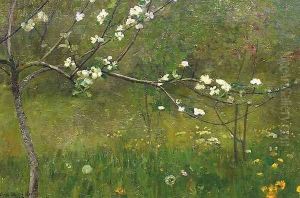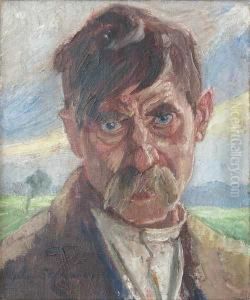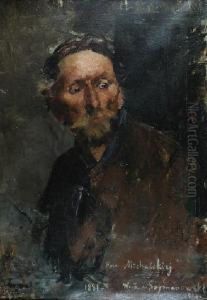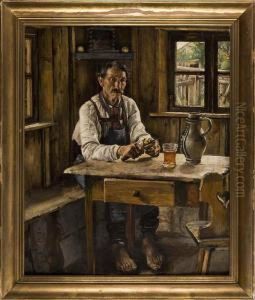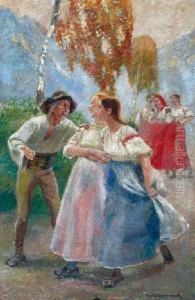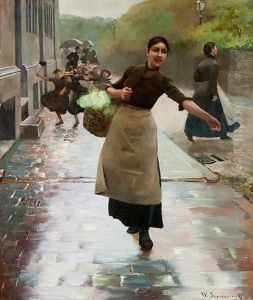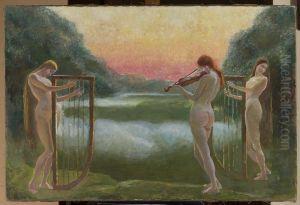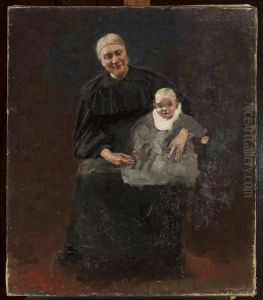Waclaw Szymanowski Paintings
Waclaw Szymanowski was a prominent Polish sculptor and artist, born on November 18, 1859, in Warsaw, then part of the Russian Empire. His artistic journey began in an era when Poland was partitioned, and its national identity suppressed, making his contributions significant for both art and Polish cultural heritage. Szymanowski's education in the arts took him beyond the borders of his homeland, studying in Paris at the École des Beaux-Arts, which was a common destination for many aspiring artists from Poland seeking artistic freedom and exposure to the burgeoning European art scene of the late 19th century.
During his time in Paris, Szymanowski was greatly influenced by the Art Nouveau movement, which is evident in much of his work. His sculptures often featured elongated forms, flowing lines, and were imbued with a sense of movement and dynamism, characteristics that defined the Art Nouveau style. Despite his international training and influences, Szymanowski remained deeply connected to his Polish roots, often incorporating Polish historical and mythological themes into his work.
One of Szymanowski's most renowned works is the monument to Polish national hero Adam Mickiewicz in Kraków, unveiled in 1898. This monument not only exemplified his skill and creativity as a sculptor but also his commitment to Polish nationalism and the celebration of its cultural heroes. His role in creating such a significant public monument marked a pivotal moment in his career, earning him widespread recognition and acclaim.
Throughout his life, Szymanowski was also involved in various artistic and cultural organizations, contributing to the development of arts within Poland. He played a part in the revival and promotion of Polish arts and crafts, which sought to preserve traditional Polish artistic techniques while promoting the country's cultural heritage.
Waclaw Szymanowski's legacy is that of a pioneering figure in Polish art, whose works transcended the aesthetic to become symbols of national identity and pride. He passed away on October 26, 1930, in Warsaw, leaving behind a body of work that continues to be celebrated for its beauty and cultural significance. Szymanowski's contributions to Polish art and sculpture have ensured his place as a key figure in the narrative of Poland's artistic heritage.
